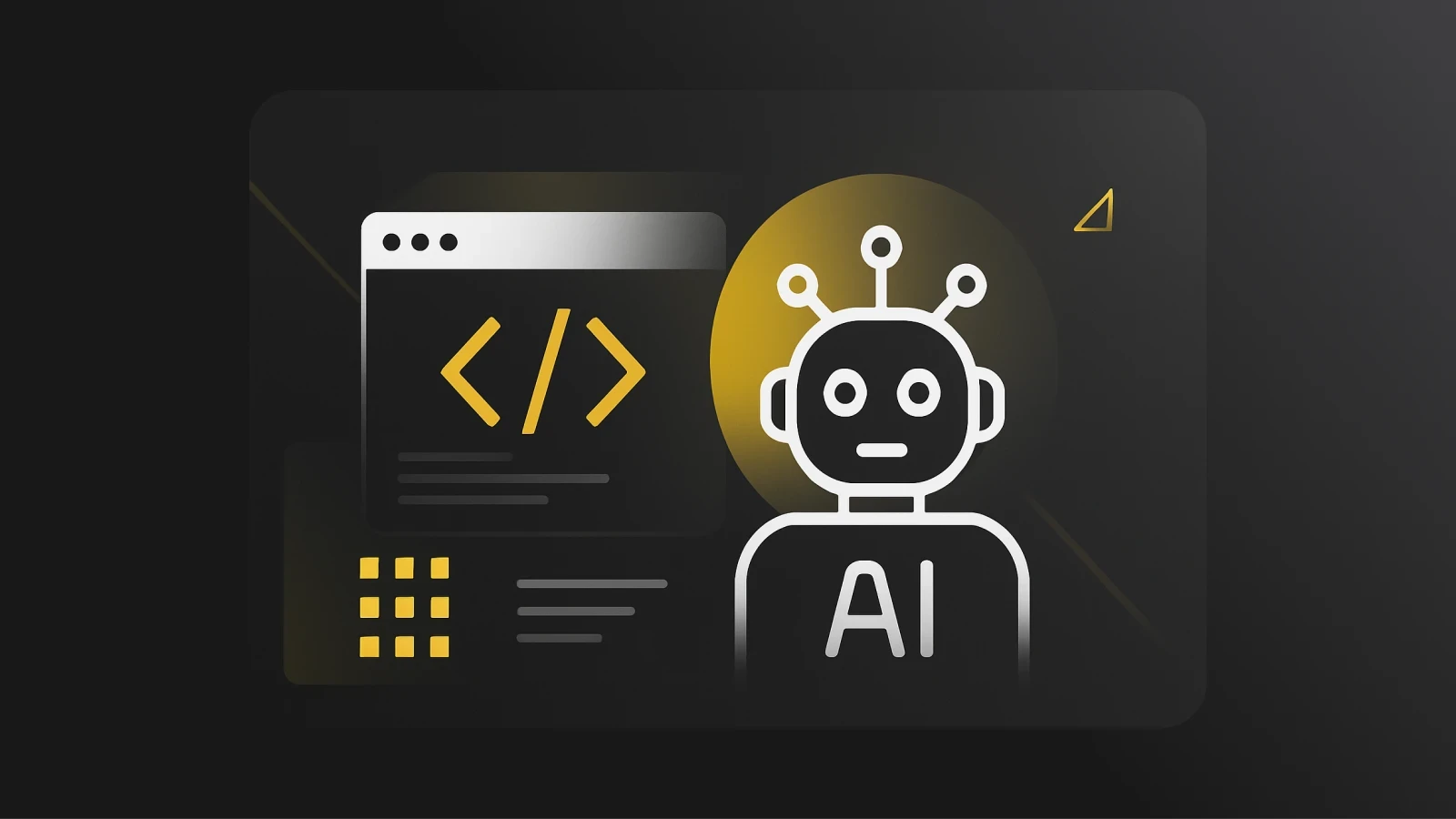From Browser to IDE: how to carry context seamlessly with Pieces
iscover how Pieces helps developers carry context seamlessly across browser, IDE, CLI, and desktop. From snippet capture to Copilot-powered reuse, learn how to eliminate lost time, preserve continuity, and stay in flow throughout your workflow.
Every developer knows the feeling. You’re in Chrome, scrolling through a blog post, and finally find the perfect snippet. You copy it, flip back into VS Code, paste it into your file, and a few minutes later, you realize you forgot the link. Hours later, when the snippet doesn’t quite work, you can’t remember where it came from. Was it from Stack Overflow? A GitHub gist? A random dev blog?
Multiply this by every context switch, Slack, Jira, terminal, Notion, and it’s no wonder entire afternoons disappear into rediscovery.
Pieces exists to break this cycle. Instead of chasing context across scattered tools, it lets you capture once, carry everywhere, and reuse when it matters most.
Let’s walk through a day in the life of a developer to see how Pieces can follow you from browser to IDE to CLI, and back again.
Research in the Browser
The day starts with a bug: OAuth authentication is failing for a new integration. You open Chrome, type the error message into Google, and scan through results. One blog post has a clean example of the auth flow you need.
In the old routine, you’d:
Copy the snippet.
Paste it into a scratchpad.
Tell yourself, “I’ll remember where that came from.”
But you won’t.
With Pieces Web Extension, the flow changes:
Highlight the snippet.
Save it directly to Drive, which automatically preserves the source link.
Add a tag:
auth,OAuth, or evencritical bug.

Now the snippet isn’t just copied, it’s contextualized. You’ve built a breadcrumb trail for your future self.
Building in VS Code
By lunchtime, you’re deep in VS Code, stitching together the integration. You know you saved a snippet this morning, but instead of tab-diving through Chrome history, you open the Pieces VS Code extension.
Search Drive for
OAuth.Instantly retrieve the snippet.
Drop it into your code without leaving the IDE.
But here’s the kicker: you don’t just paste it. You ask Copilot:
“Adapt the OAuth snippet I saved this morning to work with Express.js.”
Pieces Copilot doesn’t give you a generic example scraped from the internet. It references your actual saved snippet and tailors it to your context.

This is where Pieces moves from being a “storage system” to being a memory system. It remembers what you touched earlier and helps you build on it.
Debugging in the CLI
The code runs, but a test fails. You drop into the terminal to debug. Normally, this is where context evaporates. What you read in the morning is a distant memory.
But with Pieces CLI, the past is just a command away:

The saved snippet and its source reappear. You remember exactly where it came from and why you saved it.
You go further:
Copilot gives you a breakdown grounded in the snippet you saved, not a generic answer. Suddenly, the mystery error feels solvable.

Wrapping up in Desktop
At the end of the day, you open the Pieces Desktop app. Instead of scattered tabs and half-remembered searches, you see a timeline of your work:
Morning snippet capture in Chrome.
Midday adaptation in VS Code.
Afternoon debugging queries in CLI.
Workstream summaries roll it all up: a narrative snapshot of the last 20 minutes, the last hour, or the entire day.

This isn’t just history, it’s continuity. When you pick up tomorrow, you won’t be starting from scratch.
Why this matters
What developers lose most isn’t time, it’s continuity. Every context switch is an opportunity for details to slip through the cracks.
Pieces solves this by:
Preserving sources so you always know where snippets came from.
Making memory portable across browser, IDE, and terminal.
Giving Copilot context so its answers are grounded in your work.
The result? Less rediscovery, more momentum.
Closing thought
A developer’s day will always involve context switching. The question is whether you want to start over each time, or carry context with you.
With Pieces, the thread of your work doesn’t fray. It follows you, from Chrome to VS Code to CLI and back again.
Because productivity isn’t about working faster, it’s about never losing the thread.




